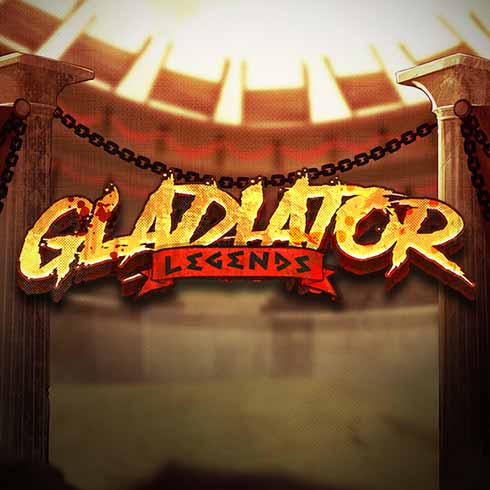The journey to becoming a gladiator was grueling, demanding absolute commitment and resilience. Training was intensive, focusing on physical conditioning, combat skills, and mental fortitude.
The Ludus: Gladiator Legends
A “ludus” was not just a training ground; it was a microcosm of gladiatorial life.
These institutions were equipped with the necessary tools and terrain for gladiators to practice various forms of combat. Under the watchful eye of experienced trainers, they practiced tirelessly, honing their abilities until they could face off against other skilled fighters in the arena llucky88 shop.
Interestingly, the different types of gladiators—such as the heavily armed “Murmillo” or the agile “Retiarius”—had distinct training regimes tailored to their specific styles. Trainees often competed against one another, fostering camaraderie while simultaneously creating intense rivalries. The psychological aspect of training was equally crucial, as gladiators had to build the mental resilience necessary to confront death daily.
The Weapons of War: Tools of the Trade
The weaponry employed by gladiators played a pivotal role in their training and combat effectiveness.
Each type of gladiator wielded specific arms suited to their combat style. For instance, the Retiarius fought with a trident and a net, relying on agility and strategy to ensnare opponents. In contrast, the Secutor wielded a sword and wore heavy armor, favoring brute force over finesse. This specialization allowed gladiators to develop unique skills, ensuring that each match was not only a test of strength but also a clash of tactics.
Moreover, understanding the nuances of their weapons was imperative to survival. Gladiators spent countless hours perfecting their strikes, grips, and defensive maneuvers. The intricacies of combat went beyond mere physical strength; they required strategic thinking and adaptability, qualities that made gladiators formidable foes in the arena.
Mental Fortitude: The Psychological Battle Gladiator Legends
Beyond the physical challenges, gladiators faced a profound psychological battle.
Fear of death loomed large, as each bout could end fatally. To cope, trained gladiators developed mental strategies, employing visualization techniques and self-affirmation methods. The ability to compartmentalize fear allowed them to focus solely on the task at hand—surviving the fight.
Furthermore, the sense of brotherhood among gladiators created a support network that bolstered morale. They shared stories, aspirations, and fears, forming strong bonds forged through shared experiences. These connections often provided solace amid the harsh realities of their existence, transforming their brutal lives into something resembling a family unit.
The Spectacle of the Arena: More Than Just Bloodshed
While gladiatorial combat is often synonymous with violence, it encompassed much more than bloodshed. The arena served as a grand stage for a variety of performances, rituals, and social commentary.
The Games: A Cultural Phenomenon
Gladiatorial games transcended mere fights; they were theatrical events that captivated the Roman populace.
Spanning days, these spectacles included not only gladiatorial matches but also mock naval battles, animal hunts, and theatrical reenactments of mythical tales. Each event was meticulously choreographed to entertain and engage the audience.
These spectacles were laden with symbolism, often reflecting the political climate of the time. Emperors utilized games as a tool for propaganda, showcasing their power while distracting the populace from underlying issues plaguing society. The phrase “bread and circuses” encapsulates this phenomenon, highlighting how entertainment served as a means of pacifying the masses.
Audience Participation: The Role of the Spectators
The audience played an active role in shaping the outcome of gladiatorial matches.
Spectators wielded immense influence, cheering for their favored gladiators or calling for mercy. Their reactions shaped the fate of the combatants, prompting decisions that could lead to life or death. This visceral engagement fostered a sense of community among the viewers, uniting them in shared excitement and anticipation.
The communal experience of the games reinforced social hierarchies, as elites often occupied prime seating while lower classes bore witness from afar. The arena became a reflection of Roman society itself—a blend of admiration, rivalry, and the stark realities of class division.
The Aftermath: Glory and Death
The aftermath of a gladiatorial match was pivotal in determining the legacy of the fighters.
Victorious gladiator basked in adulation, often receiving lavish rewards and accolades. Their names became the stuff of legends, inspiring future generations. However, defeat often led to brutal consequences, as fallen gladiators faced a grim fate that extended beyond the arena.
The famed phrase “pollice verso” translates to “with a turned thumb,” denoting the gesture used by spectators to indicate mercy or death. While the actual practice is debated among historians, its symbolism remains potent, representing the capricious nature of fate within the arena. Lives were decided by the whims of the crowd, illuminating the unpredictable nature of glory in the world of gladiators.
